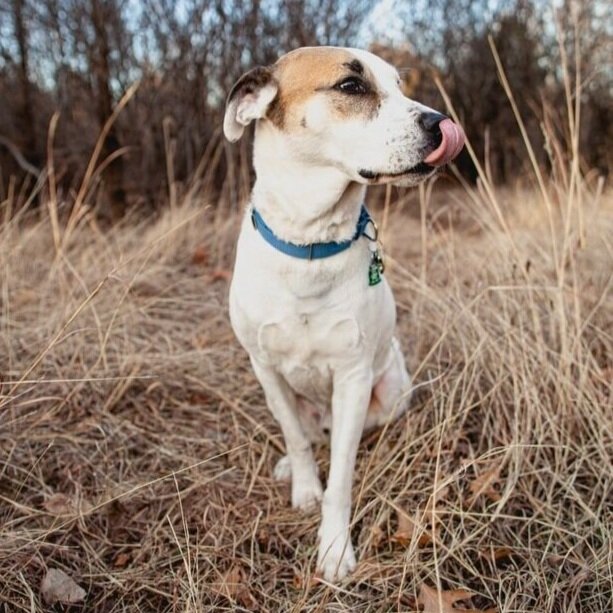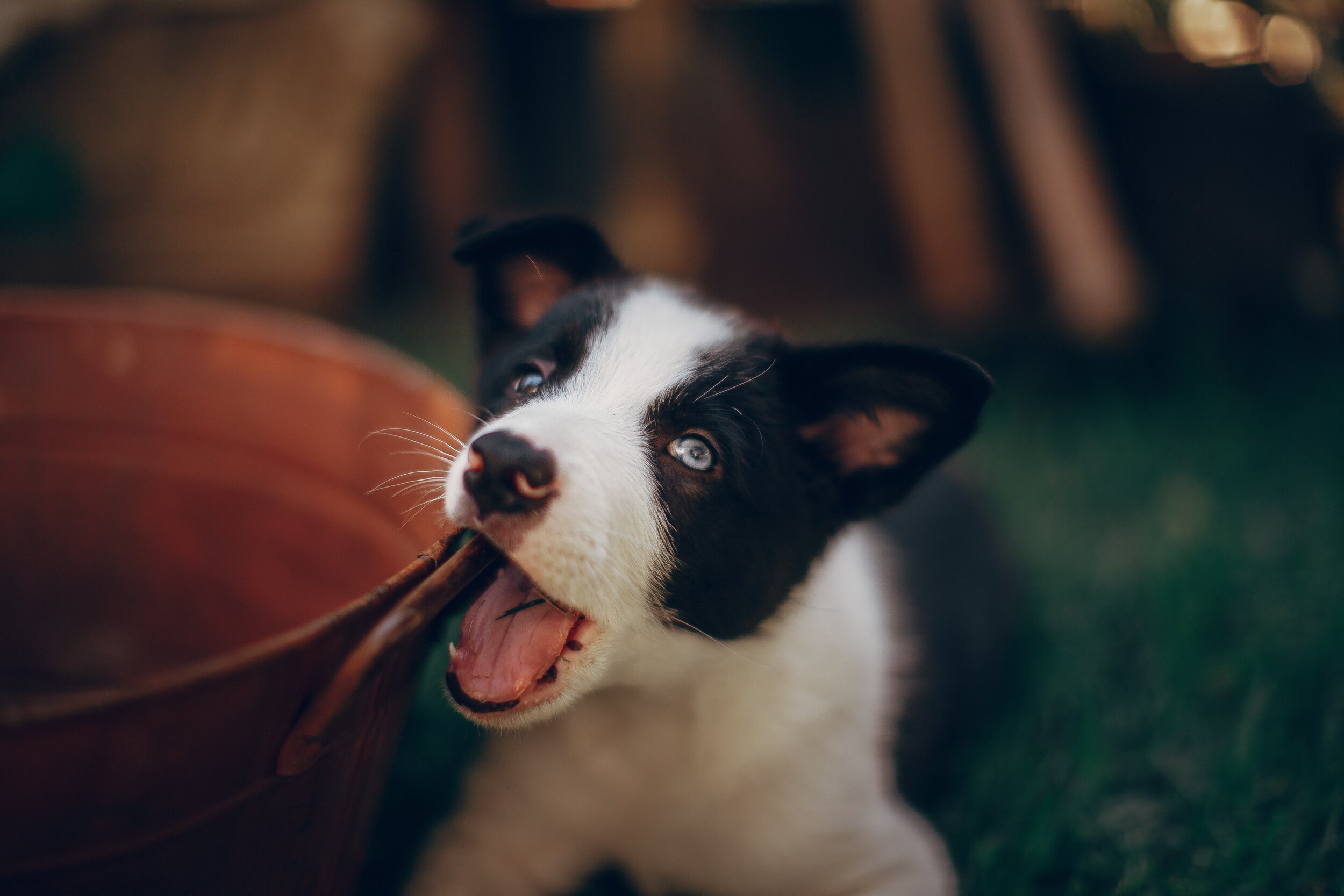Controversial advice - Reinforce unwanted behaviour
Many of the problem behaviours are a product of unintentional reinforcement that comes at the wrong time. It's better to reinforce quickly to keep the behaviour short and put more intention into all of the interactions with your dog. Remember, it's not just during a training session that your dog learns!
Dogs meeting children. How to do it safely?
It’s better to introduce your dog to a child slowly and safely. If your dog is avoiding the interaction be his voice and take him out of the situation. When your dog has choices and is asking for interaction, it can be the start of a great relationship. In any case, you always need to supervise and keep everyone safe. Not only the child but also your dog.
Challenge - Train yourself to look for the behaviours you like
Are you willing to take on the challenge of looking for the behaviours you like? Whether it's in your dogs' behaviour or in your own behaviour! Change can start from this simple (yet not easy!) exercise of noticing the behaviours you like instead of the ones you want to change.
Fear in dogs - how it looks like and what to do with it?
Fear in dogs is not always easy to recognise and many people misinterpret it. Dogs don’t come with the manual and it’s normal we don’t know everything. Learning to recognise the signs, sometimes very subtle can help you understand your dog better and give him a happier life. To see a change from a fearful dog to a confident companion, to me, is the most beautiful thing to observe.
Taking a new dog or puppy home
Contemplating taking a new dog or puppy home? Let’s talk about adopting from a shelter, fostering or finding a good breeder - all worth considering.
Behaviour works across the species
Behaviour is behaviour and you can find the consequences that drive it for every species you encounter.
The truth about stress-free life and teaching
Is stress-free life about creating a life for dogs or people that will keep them in a bubble without any stress? Or is it about building skills ahead of time so when the stressful situation happens, they are equipped to cope with it?
Impulse control vs. trial and success learning
Instead of trying to develop an impulse control inside the animal, I much rather prefer to focus on teaching the essential skills that my dog needs. When you teach all of the skills step by step, you teach by adding successes not by eliminating errors.
How to live a happy life with your pet?
Love your pet as he is. Accepting your pet doesn't mean that you can't try to change things if something doesn't work for both of you. It's about prioritising the most important things and letting go of the rest.
How to make your pet’s life more interesting?
When your dog or cat is entertained, you will have far less behavioural problems with them! Read more to get some ideas on how to make your pet's life more interesting.
Negative reinforcement – are you using it unknowingly?
How often do we stop and think about the way we interact with others (including animals)? We raise our voices when we talk with people who we think don’t listen to us. We pull the leash on our dogs’ collars to make them come the other way. We laugh at people, we grin, we give nasty comments without ever thinking what effect it has on them. Even if something works, it doesn’t mean it can’t be improved.
Why is my dog doing this?
Why is my dog doing this? A question most dog guardians/caregivers/owners ask. What’s the most common answer dog trainers give? It depends.












